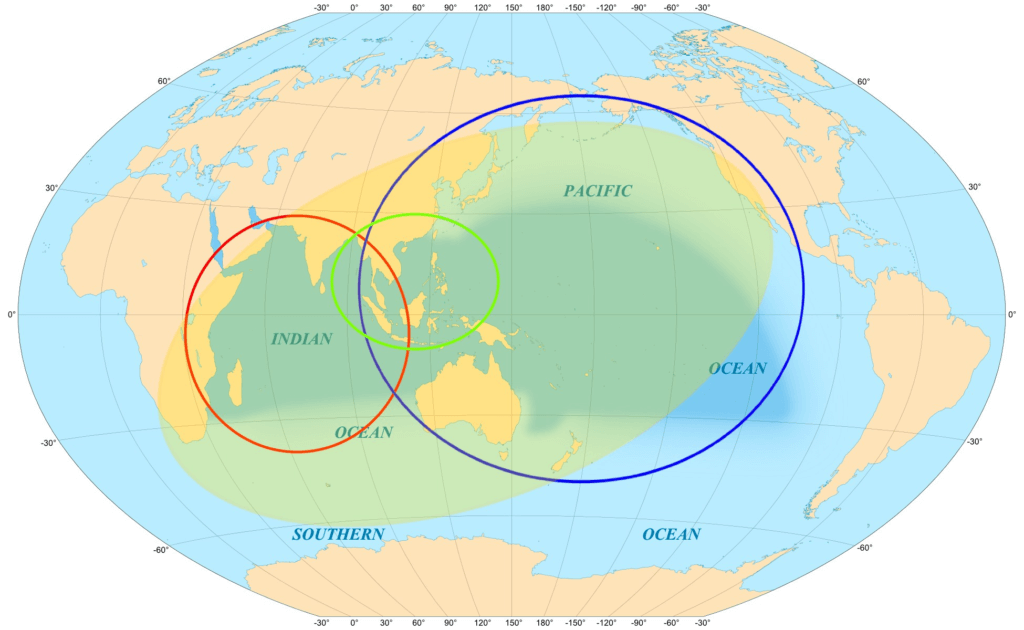Japan recently unveiled its new plan for a Free and Open Indo-Pacific (FOIP), which underlines the importance of maintaining the rules-based order and respect for territorial sovereignty. Japan’s FOIP policy also highlights the need to work alongside like-minded countries in the region to ensure stability and prosperity. Japan’s Prime Minister, Yoshihide Suga, announced plans to invest 5 trillion yen in India over five years, and Japan’s ambassador to India stated that India tops the list for future investment targets for mid- and long-term investment. Japan has also identified four pillars of cooperation under the new FOIP.
Importance of FOIP
The FOIP policy is a response to the current geopolitical landscape, which includes the Russia-Ukraine war and growing Chinese assertiveness in the South China Sea, East China Sea, the Indian Line of Actual Control and the Taiwan Straits. Japan’s FOIP policy emphasizes the need for a fresh push and momentum to uphold the rules-based order and respect for territorial sovereignty.
Role of India and Other Groupings
Japan believes that the key to stability and prosperity in the international community is the dynamism that is created by combining two continents – Asia and Africa – and two oceans – the Pacific and Indian. The FOIP policy highlights the importance of India as an ‘indispensable’ partner and the Association of Southeast Asian Nations (ASEAN) centrality and unity for the stability and prosperity of every country and the region as a whole.
Four Pillars of Cooperation
To ensure stability and prosperity in the region, Japan has identified four pillars of cooperation under the new FOIP policy. These are:
Principles for peace and rules for prosperity: This pillar emphasizes the importance of economic development programs, such as promoting the implementation of the G-20 Principles for “Quality Infrastructure Investment”, to uphold the rule of law.
Addressing challenges in an Indo-Pacific way: This pillar focuses on the expansion of cooperation for the FOIP by incorporating realistic and practical projects in areas such as climate change, food security, global health, and cybersecurity.
Multi-layered connectivity: This pillar identifies Southeast Asia, South Asia, and the South Pacific/Pacific Island countries as areas for introducing more projects. Japan has made a new commitment of $100 million towards the Japan-ASEAN Integration Fund, and it will promote the Bay of Bengal-Northeast India industrial value chain concept in cooperation with India and Bangladesh.
Extending efforts for security and safe use of the “sea” to the “air”: This pillar aims to strengthen the capabilities of maritime law enforcement agencies in other countries. Japan plans to implement the strategic use of Official Development Assistance (ODAs), revise the Development Cooperation Charter and set forth guidelines for ODA for the next 10 years, and introduce an “offer-type” cooperation and a new framework for “private capital mobilization-type” grant aid.
Challenges before the Indo-Pacific
The challenges facing the Indo-Pacific include geopolitical issues such as the Ukraine war, food security, and cyberspace, in addition to ensuring the freedom of the seas, connectivity, piracy, terrorism, the proliferation of weapons of mass destruction (WMD), natural disasters, and attempts to change the status quo. Another challenge highlighted is the lack of a united stand on “what the international order should be”, which is evident from the differing position of countries on the Russia-Ukraine war.

Why In News
Japan unveils its new plan for a Free and Open Indo-Pacific (FOIP) and discusses strengthening the Special Strategic and Global Partnership between Japan and India.
MCQs about Japan’s New Plan for a Free and Open Indo-Pacific
-
What is the purpose of Japan’s New Plan for a Free and Open Indo-Pacific (FOIP)?
A. To promote a free and open regional order
B. To restrict trade and economic relations
C. To establish Japanese hegemony in the region
D. To strengthen military alliances with other countries
-
What is the significance of Japan-India Special Strategic and Global Partnership?
A. Strengthening economic ties
B. Enhancing regional security
C. Developing space technology
D. Promoting cultural exchange
-
Which country has been Japan’s largest aid recipient since 2001?
A. China
B. India
C. Philippines
D. Bangladesh
-
What is the objective of Japan’s Free and Open Indo-Pacific vision?
A. To promote regional connectivity and economic growth
B. To contain China’s influence in the region
C. To establish Japanese hegemony in the region
D. To increase military presence in the region
Boost up your confidence by appearing our Weekly Current Affairs Multiple Choice Questions
![]()


